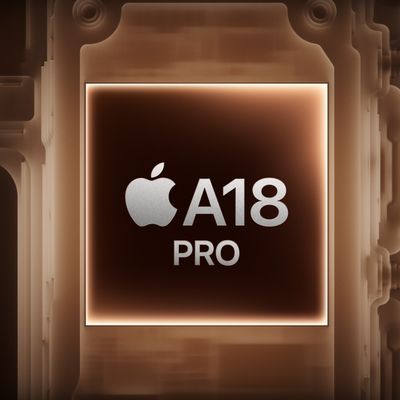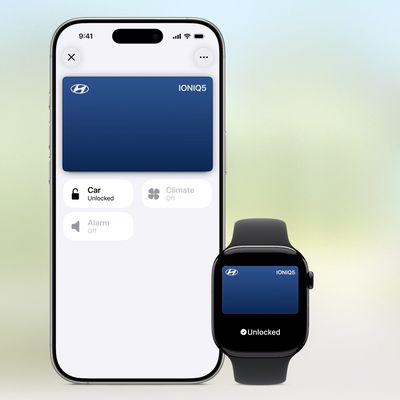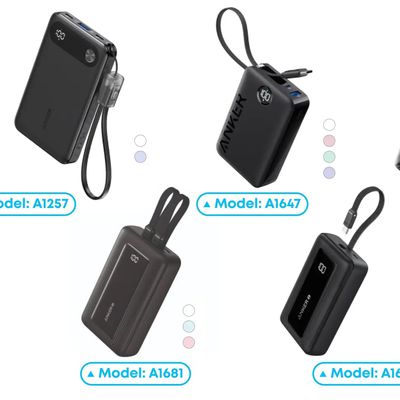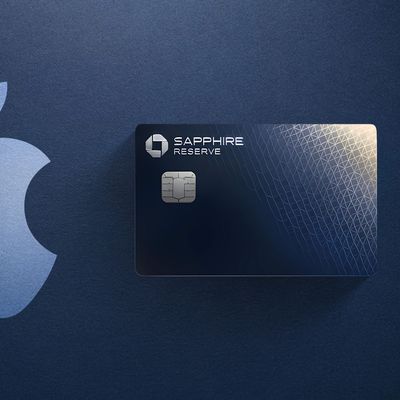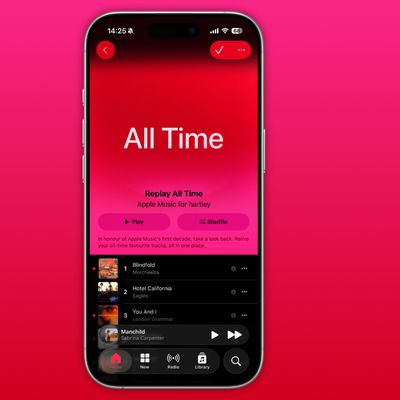iPhone 4S Teardown: New Qualcomm MDM6610 Baseband Chip, 512 MB RAM Confirmed
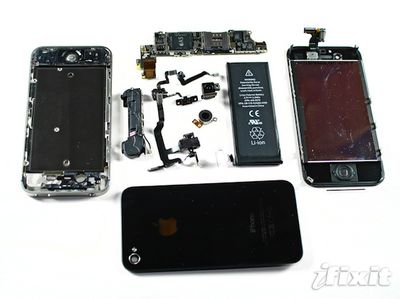
iFixit has already begun a high-quality teardown of the iPhone 4S, and while a considerable number of the internal parts have already been seen in leaked parts prior to the device's launch, a more thorough look at the individual components should provide some interesting details on the device.
The teardown is still just getting underway, with iFixit's technicians having opened up the device, examined the battery and pulled out the logic board, but we'll update this post with additional information as the teardown progresses.
Items of interest:
- The baseband chip is a previously-undisclosed Qualcomm MDM6610, an apparent variation of the MDM6600 used in the CDMA iPhone 4 and other devices. It is unclear at this time what differentiates the MDM6610 from the MDM6600.
- As noted by AnandTech, the part number found on the A5 chip in iFixit's teardown confirms earlier claims that the iPhone 4S carries 512 MB of RAM.
- iFixit confirms that the iPhone 4S uses the linear oscillating vibrator motor as found in the CDMA iPhone 4 rather than the rotational motor found in the GSM iPhone 4. As seen in earlier parts images, the entire internal layout of the iPhone 4S is much more like the CDMA iPhone 4 than the GSM iPhone 4, although Apple obviously had to tweak the chip layout somewhat to squeeze the micro-SIM slot onto the logic board. One exception is the display assembly mounting tabs, which follow the GSM iPhone 4's layout rather than the CDMA version's.
- Chipworks is following along with iFixit's teardown and providing a closer look at the chips discovered inside the iPhone 4S. Many of the chips had already been found in other devices, and Chipworks publishing die photos and other details on them as the information is gathered.
Popular Stories
Apple's next-generation iPhone 17 Pro and iPhone 17 Pro Max are less than three months away, and there are plenty of rumors about the devices.
Apple is expected to launch the iPhone 17, iPhone 17 Air, iPhone 17 Pro, and iPhone 17 Pro Max in September this year.
Below, we recap key changes rumored for the iPhone 17 Pro models:Aluminum frame: iPhone 17 Pro models are rumored to have an...
Apple is developing a MacBook with the A18 Pro chip, according to findings in backend code uncovered by MacRumors.
Earlier today, Apple analyst Ming-Chi Kuo reported that Apple is planning to launch a low-cost MacBook powered by an iPhone chip. The machine is expected to feature a 13-inch display, the A18 Pro chip, and color options that include silver, blue, pink, and yellow.
MacRumors...
In 2020, Apple added a digital car key feature to its Wallet app, allowing users to lock, unlock, and start a compatible vehicle with an iPhone or Apple Watch. The feature is currently offered by select automakers, including Audi, BMW, Hyundai, Kia, Genesis, Mercedes-Benz, Volvo, and a handful of others, and it is set to expand further.
During its WWDC 2025 keynote, Apple said that 13...
Apple hasn't updated the AirPods Pro since 2022, and the earbuds are due for a refresh. We're counting on a new model this year, and we've seen several hints of new AirPods tucked away in Apple's code. Rumors suggest that Apple has some exciting new features planned that will make it worthwhile to upgrade to the latest model.
Subscribe to the MacRumors YouTube channel for more videos.
Heal...
Apple is planning to launch a low-cost MacBook powered by an iPhone chip, according to Apple analyst Ming-Chi Kuo.
In an article published on X, Kuo explained that the device will feature a 13-inch display and the A18 Pro chip, making it the first Mac powered by an iPhone chip. The A18 Pro chip debuted in the iPhone 16 Pro last year. To date, all Apple silicon Macs have contained M-series...
Popular accessory maker Anker this month launched two separate recalls for its power banks, some of which may be a fire risk.
The first recall affects Anker PowerCore 10000 Power Banks sold between June 1, 2016 and December 31, 2022 in the United States. Anker says that these power banks have a "potential issue" with the battery inside, which can lead to overheating, melting of plastic...
Chase this week announced a series of new perks for its premium Sapphire Reserve credit card, and one of them is for a pair of Apple services.
Specifically, the credit card now offers complimentary annual subscriptions to Apple TV+ and Apple Music, a value of up to $250 per year.
If you are already paying for Apple TV+ and/or Apple Music directly through Apple, those subscriptions will...
As part of its 10-year celebrations of Apple Music, Apple today released an all-new personalized playlist that collates your entire listening history.
The playlist, called "Replay All Time," expands on Apple Music's existing Replay features. Previously, users could only see their top songs for each individual calendar year that they've been subscribed to Apple Music, but now, Replay All...




